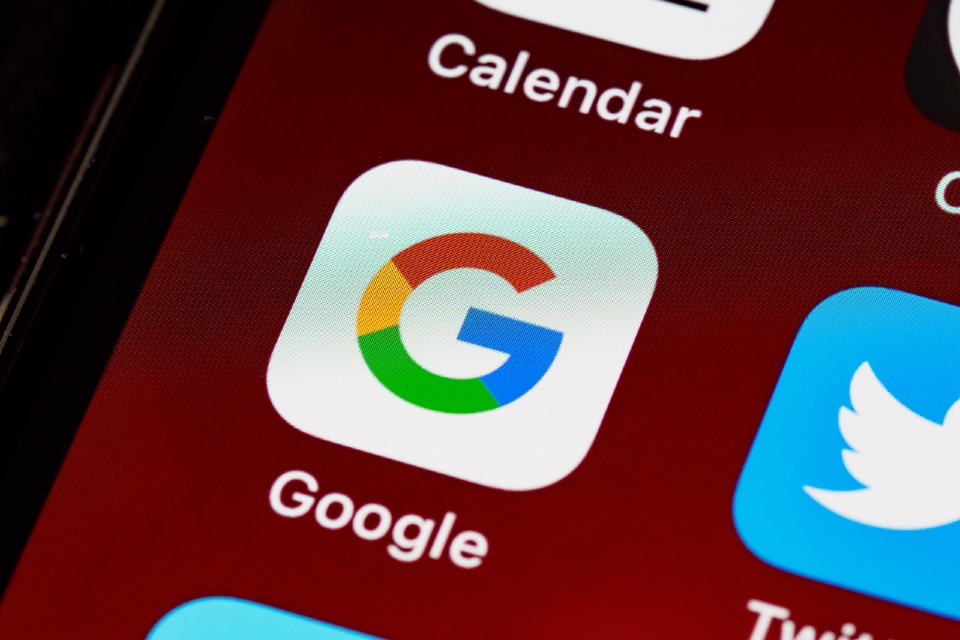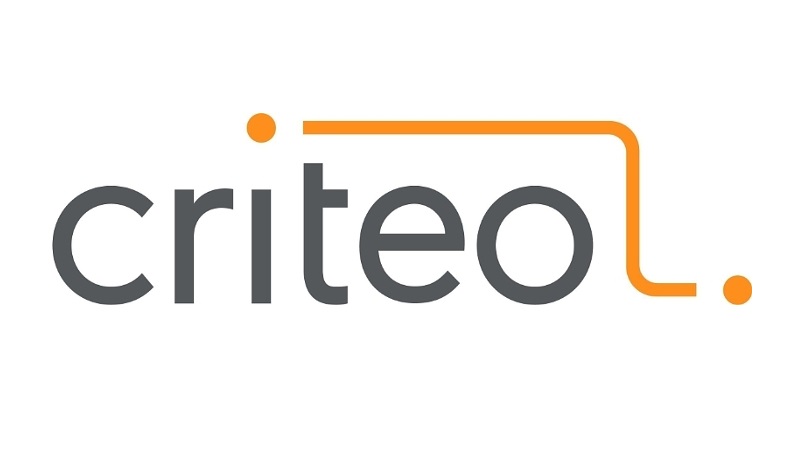For years, demographic targeting was at the vanguard of advertising strategies. Thanks to the growth of online and digital channels, brands found themselves able to segment an audience by age, gender and other factors, introducing a new level of sophistication to targeting. But as digital and traditional channels evolve at an incredible pace, the race is on to understand customers better than ever before.
Demographics still play an important role in how businesses communicate with consumers – after all, if you don’t have access to basic information about your target audience, you’re definitely missing a trick. But they are no longer enough…
Today’s consumers expect a much more personalised approach, and brands that target solely by the fact that a shopper is, for example, a woman in her 40s, risk their advertising being irrelevant or, worse, coming across as clichéd or stereotypical.
Any brand, whether big or small, has complex and ever-changing audiences that consume and shop in a range of ways. Each specific audience segment needs to be acknowledged and addressed but one size no longer fits all. In an age of personalisation, predictive technology and real-time updates, it’s all about looking forward and understanding the needs and aspirations of customers both old and new.
At this time of year the stakes get higher. As we prepare for peak season – the period from Black Friday through to Boxing Day sales – competition for consumers’ attention becomes even more fierce. Advertising that doesn’t align to their shopping preferences and interests will likely be disregarded in favour of more engaging messages.
The gifting mindset
The holidays, and particularly Christmas, triggers a shift in consumer mindset. All of a sudden, people stop shopping exclusively for themselves and switch to a ‘gifting’ mind-set.
This shift makes marketing hard to predict, but retargeting campaigns allow businesses to tap into the seasonal trend. Only 2 per cent of people make a purchase on their first visit to a site; retargeting is a way to reach the 98 per cent who are still making their mind up. This allows retailers to react to actual shopper behaviour and offer ads based on what they know a consumer is interested in, rather than what they have deduced via demographic segmentation.
Mobile optimisation
Today the path to purchase involves multiple devices including tablets, personal desktops, work computers and, of course, the mobile phone. In this multi-screened world, mobile has become the ultimate platform for these ‘cross-device’ shoppers to complete their purchases. So much so that people who use multiple devices to shop are at least 20 per cent more likely than average to complete a transaction on mobile. Particulalry as Christmas shopping fever strikes, people will instinctively act through the closest, most convenient device to buy this year’s ‘must have’ gift.
Here in the UK, over 50 per cent of all eCommerce transactions now take place on mobile and a staggering 2.5 million of us are buying on mobile every day. But just because these transactions are taking place on mobile, it doesn’t mean that the consumer journey is confined to the small screen. Many marketers struggle to track and uniquely identify individual shoppers across devices and therefore can’t tailor their experience accordingly. Consumers view a brand’s websites, apps, and online ads as part of the same experience meaning that marketers need to implement an effective cross-device strategy to be able to meet customer expectations and to optimise advertising. The key to cross-device success lies in a people-centric, not demographic, strategy.
What all of this means is that a site not optimised for mobile represents a missed opportunity and could result in a loss of custom, as exasperated shoppers abandon baskets in search of smoother experience elsewhere
As a rule for businesses looking to implement an effective mobile site, the fewer clicks a consumer has to make between adding something to their basket and making a purchase, the better. For example, allow customers to check out as a guest or, if someone has to make an account, ask them for as few details as possible, in the first instance.
Get ahead of the game
Demographics should still be factored in to campaign planning, but should be approached as just one piece of a complex jigsaw. Individuals need to be viewed by marketers as more than just an age, gender or geography. But incorporating technology, like re-targeting and attribution modelling, that are based on behaviour rather than assumption means businesses can target the individual, and not the sum of their parts.
So forget demographics and start targeting people. They’re the ones buying products after all. For growing businesses in particular, every single person is an opportunity and these steps are the first along the path to eCommerce success this Christmas, and beyond.
Thomas Jeanjean is regional managing director of the MidMarket business at Criteo. Prior to this, Thomas served as managing director for France and Southern Europe at Criteo. Thomas has over seven years’ experience in performance marketing and a wealth of experience working with fast growing small to medium-sized businesses.










